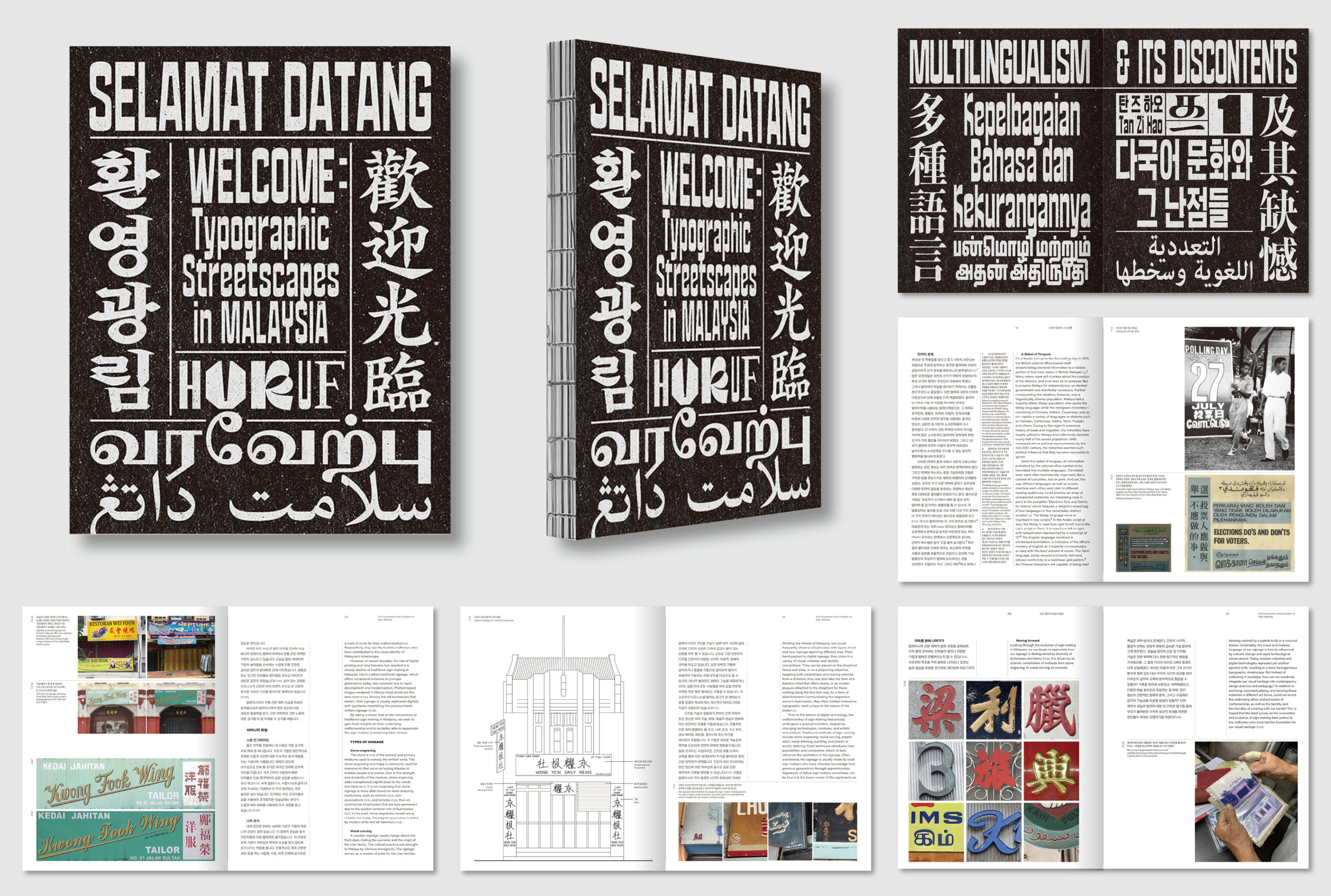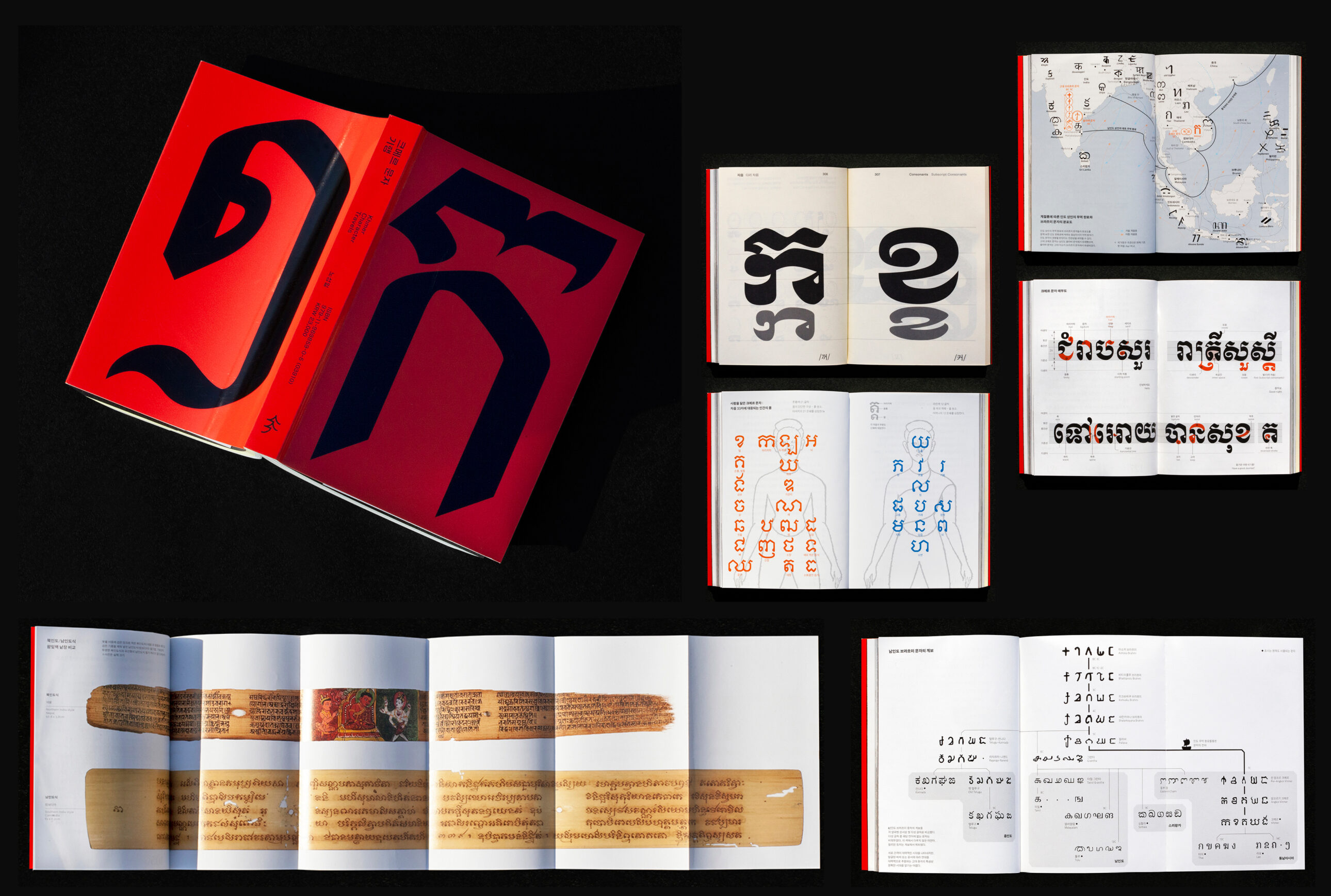sojanggak
Sojanggak, which means "house of small books," is a design studio and publisher based in Seoul, South Korea. We compile content into books that fit three keywords: "out of sight", "originality" and "beautiful format". In other words, we find original stories from people behind the scenes and turn them into beautifully formatted books. With a special focus on Southeast Asia, we hope to introduce books that capture the diverse visual cultures of Southeast Asia to the world at home and abroad and build bridges to become friends with each other based on a richer understanding. For example, 70% of the books published by our publishing house so far have been about Southeast Asia, and one of them, Myanmar 8 Days, was selected as the "Best Book Design from Korea 2022" and exhibited in the "Best Book Design from all over the World 2023" exhibition.


